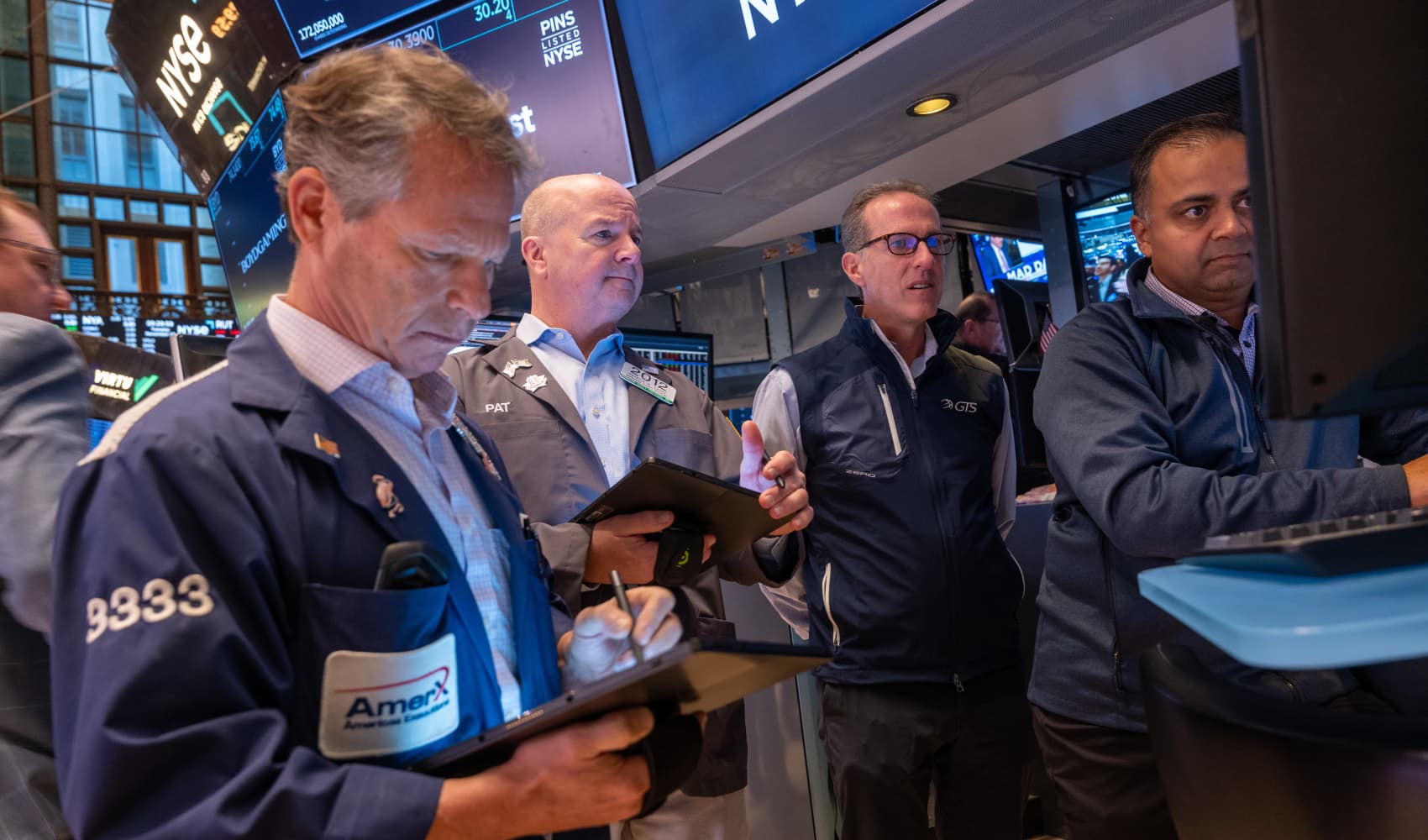
- Series I bonds, an inflation-protected and nearly risk-free investment, may reduce annual rates to roughly 6.48% in November, experts say.
- While it's down from the current 9.62% rate through Oct. 31, it's still higher than other savings options.
Despite a hotter-than-expected inflation report on Thursday, the annual interest rate for Series I bonds is expected to fall to roughly 6.48% in November, financial experts say.
While that's down from the current 9.62% interest through Oct. 31 and lower than the 7.12% rate offered from November 2021 through April 2022, it's the third-highest yield since I bonds were introduced in 1998.
"It's still a really good rate," said Ken Tumin, founder and editor of DepositAccounts.com, who tracks I bonds, among other assets.
Get top local stories in Southern California delivered to you every morning. Sign up for NBC LA's News Headlines newsletter.
More from Personal Finance:
Social Security cost-of-living increase will be 8.7% in 2023
Here's the inflation breakdown for September 2022 — in one chart
TreasuryDirect sold $27 billion-plus in Series I bonds since Nov. 1 — and it's getting a makeover
Of course, the 6.48% return is an estimate until the U.S. Department of the Treasury announces new rates on Nov. 1. And you can still lock in 9.62% for six months by purchasing before November. Here's what to know about the rate change.
Fixed rate for I bonds will 'most likely be zero'
Money Report
I bond rates have two parts, a fixed rate, which remains the same after purchase, and a variable rate, which changes every six months based on inflation.
The variable part is the percentage change in inflation over the past six months based on the consumer price index for all urban consumers, known as CPI-U, reported by the U.S. Bureau of Labor Statistics.
However, there's no set formula for the fixed rate, which is currently 0%, according to David Enna, founder of Tipswatch.com, a website that tracks I bond rates.
While he predicts a 50/50 chance of the fixed rate changing, he said many experts believe it won't be necessary due to existing high demand for I bonds.
"If we get to 0.3% or 0.5% [for the fixed rate], it will be somewhat a surprise," Enna said. "I think most likely it will be zero." This chart from the Treasury Department shows the history of both rates since November 2021.
New rate is still higher than other savings products
While 6.48% is lower than the past two I bond rates, it's still higher than other options for cash, like savings accounts or certificates of deposits, Tumin said.
Although interest rates are climbing, most banks still aren't paying more than 4% for a one-year CD, he said. And top high-yield savings accounts are offering even less: 3.5% at most, as of Oct. 14, according to DepositAccounts.com. The national average is 0.20%.
However, you need to know that you can't access I bond money for at least one year and there's a three-month penalty if you cash in the funds within five years. There's also a $10,000 purchase limit for electronic I bonds per calendar year, with a few options to buy more.
Still, if you need the money in the short-term, it may be better to diversify with other options to tap the funds sooner.
"If you're using it for emergency funds, it's important to ease into it," Tumin said. "Slowly ramp up, and don't put all your eggs in that basket."






